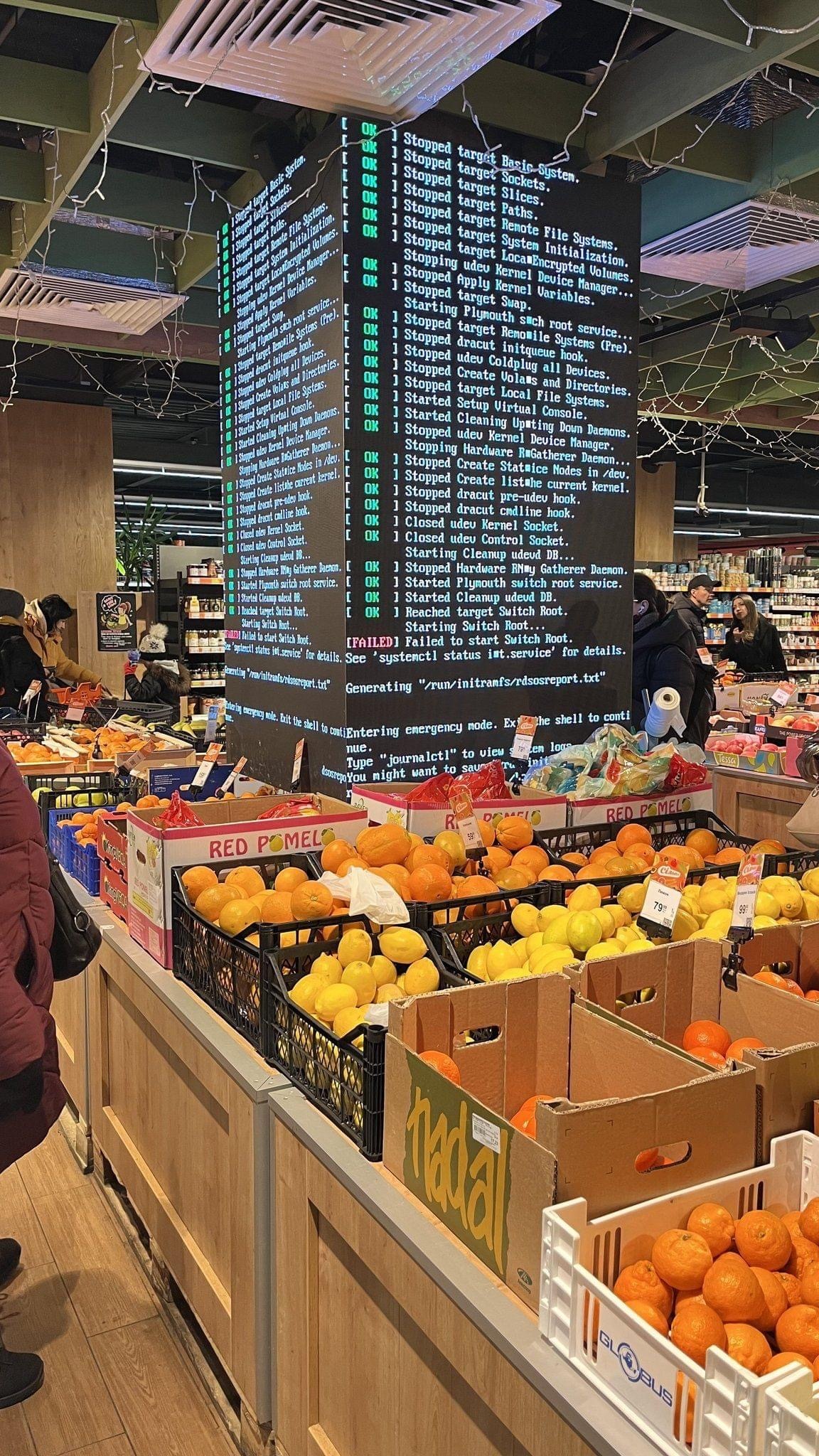this post was submitted on 13 Dec 2023
987 points (99.0% liked)
linuxmemes
22739 readers
1043 users here now
Hint: :q!
Sister communities:
Community rules (click to expand)
1. Follow the site-wide rules
- Instance-wide TOS: https://legal.lemmy.world/tos/
- Lemmy code of conduct: https://join-lemmy.org/docs/code_of_conduct.html
2. Be civil
- Understand the difference between a joke and an insult.
- Do not harrass or attack users for any reason. This includes using blanket terms, like "every user of thing".
- Don't get baited into back-and-forth insults. We are not animals.
- Leave remarks of "peasantry" to the PCMR community. If you dislike an OS/service/application, attack the thing you dislike, not the individuals who use it. Some people may not have a choice.
- Bigotry will not be tolerated.
- These rules are somewhat loosened when the subject is a public figure. Still, do not attack their person or incite harrassment.
3. Post Linux-related content
- Including Unix and BSD.
- Non-Linux content is acceptable as long as it makes a reference to Linux. For example, the poorly made mockery of
sudoin Windows. - No porn. Even if you watch it on a Linux machine.
4. No recent reposts
- Everybody uses Arch btw, can't quit Vim, <loves/tolerates/hates> systemd, and wants to interject for a moment. You can stop now.
5. 🇬🇧 Language/язык/Sprache
- This is primarily an English-speaking community. 🇬🇧🇦🇺🇺🇸
- Comments written in other languages are allowed.
- The substance of a post should be comprehensible for people who only speak English.
- Titles and post bodies written in other languages will be allowed, but only as long as the above rule is observed.
Please report posts and comments that break these rules!
Important: never execute code or follow advice that you don't understand or can't verify, especially here. The word of the day is credibility. This is a meme community -- even the most helpful comments might just be shitposts that can damage your system. Be aware, be smart, don't remove France.
founded 2 years ago
MODERATORS
you are viewing a single comment's thread
view the rest of the comments
view the rest of the comments

Those are all hardware management services (as far as I can tell), and are configured before the root is mounted.
I have hit this exact error before, that is what failing to mount the root disk looks like. A bunch of services will start, and then you get dropped into a shell (with a login).
If you want to see it for yourself, change /etc/fstab such that /root is now pointing to the wrong device, and then rebuild your initrd. When you reboot you'll see exactly that output. To fix it, login to the shell and mount your root on /new_root, and ctrl-d to continue the boot (from memory it has a message telling you to do that anyway). When your system boots you can fix fstab and rebuild initrd. Its reversable, but maybe test on a machine you dont care about to be safe :)
Oh interesting! I suppose I have just been very careful with /etc/fstab and I haven't seen systemd fail this way. TIL! Thanks for letting me know!